If you click on a link and make a purchase we may receive a small commission. Read our editorial policy.
Black Panther: a history of the mantle
T'Challa isn't the first - or the last - Black Panther. Meet them all

"The Black Panther has been the protector of Wakanda for generations. A mantle, passed from warrior to warrior. And now, because your friend murdered my father, I also wear the mantle of king. So, I ask you as both warrior and king, how long do you think you can keep your friend safe from me?" - T’Challa as portrayed by Chadwick Boseman in Captain America: Civil War
While T’Challa has been the primary Black Panther of the Marvel Universe ever since the character debuted in Fantastic Four #52, he isn’t the only character to have held the mantle in that 60+ year history. So, here I intend to cover the history of the mantle of Black Panther and the characters that have worn it.
The birth of the Black Panther

The Black Panther story start in Fantastic Four #52, by Stan Lee, Jack Kirby, Joe Sinnott, and Sammy Rosen. In this issue the Fantastic Four are invited to the small African nation of Wakanda by the nation’s chieftain, a man called the Black Panther. The rest is history. T’Challa ambushes his guests, defeating Marvel’s premiere superhero team single handedly before revealing his true identity at the very end of the issue.
Readers would have to wait another month to learn the intentions and history of the Black Panther. However, Fantastic Four #53 doesn’t answer everything as clearly as one might initially believe. T’Challa tells the Fantastic Four of the day that his father, King T’Chaka was brutally murdered by the villainous Klaw. And while this backstory establishes the nature of Vibranium and its key to Wakanda’s success, very little is established about the mantle of Black Panther. In fact, it may not have been intended as a mantle at all. When T’Chaka is killed, he is not seen wearing a version of the panther garb T’Challa later dons. In fact, the only mention of the Black Panther during this flashback is when T’Challa swears over his father’s body, "I shall be as strong— and as fearless— as the sacred Black Panther!! This I do swear to T’Chaka — my father who is no more!" A brief annotation by Stan identifies the Black Panther as “a figurative god image, and is considered to be a secret being— as the cow is venerated in India.”
Though the issue later establishes that T’Challa’s 'Panther Power' is a secret handed down from chieftain to chieftain, when T’Challa challenges Klaw in the present day, Klaw remarks "The Black Panther! The one whose name is muttered in whispers thruout Africa! I thought you were just a legend — a myth!! But — you do exist!" While that certainly adds to the cool factor, it does seem a bit odd for someone to say given that he killed the previous Panther chieftain. Furthermore, when T’Challa bests Klaw he seems ready to hang up the title of Black Panther for good, until the Fantastic Four urge him to use his powers to fight for good. The impression of these two issues is that while T’Challa’s Panther Power may be a touchstone passed from chieftain to chieftain, Stan Lee’s caption and dialogue suggest that the title and costume of 'Black Panther' were initially meant to be of T’Challa’s own invention. Later, it would be other creators that would clarify that there had been Black Panthers before T’Challa.
Though T’Challa would team up with Captain America in the pages of Tales of Suspense and join the Avengers in 1968’s Avengers #52, it would be a while before readers learned more about the character’s back story. Avengers #62 that first hints at the origins of the 'Panther Power' as M’Baku remarks “If mere herbs gave you the skills of the stalking panther…” but it is 1971’s Avengers #87 that establishes Black Panther as a mantle passed from warrior to warrior as a flashback to T’Challa’s ascension to the throne is chronicled by Roy Thomas, Frank Giacoia and Sal Buscema. Still, it would be even longer before readers got to see another person bearing the mantle.
Bashenga, the first Black Panther
In 1978, the seventh issue of Black Panther (the second of the character’s solo series, following Jungle Action) introduced Bashenga, who readers learn is the first Black Panther and formed the Panther Cult to protect the Vibranium mound from those who would seek to use it for evil.
A Black Panther’s uncle: The mysterious S’Yan
The third Black Panther to be introduced first appears in Black Panther (1977) #8, as T’Challa’s unnamed predecessor. This is the Panther that T’Challa must defeat in ritualistic combat when he returns to the country after the death of T’Chaka. Though this Panther’s identity remained a mystery for decades, Reginald Hudlin and John Romita Jr. would eventually reveal the character’s identity in Black Panther (2005) #2 As T’Challa’s uncle, S’Yan. S’Yan was T’Chaka’s younger brother and took up the mantle to protect Wakanda until T’Challa came of age.
Honorary Mention: The Black Musketeers

In Black Panther (1977) #9, T’Challa’s cousins - Ishanta, Joshua Itobo, Khanata, and Zuni - don Panther suits of their own. While none of them are technically the Black Panther, it continued Kirby’s trend of expanding the defense of Wakanda beyond T’Challa himself. Notably, Zuni is the first woman depicted in a Panther suit.
Grandfather paradox: The Black Panthers Chanda and Azzuri the Wise
Readers were first introduced to T’Challa’s grandfather, Chanda, in Fantastic Four Unlimited #1. This story, by Roy Thomas and Dave Hoover, not only built a generational rivalry between the kings of Wakanda and the Klaue family, from whom the T’Challa’s enemy Klaw descends, it also solidified the idea that T’Challa’s father, T’Chaka, was NOT actually Black Panther, with the mantle having been revived by Chanda and then hidden away until T’Challa’s own reign. With the exception of the rivalry with the Klaue family, nearly all of the details of this issue were eventually retconned, to the point that T’Challa’s grandfather is now named Azzuri, not Chanda. More on that in the next section.
Flags of our Fathers: King T’Chaka, the Black Panther
Despite being introduced in Fantastic Four #53, and being a key point of T’Challa’s history, T’Chaka was never shown to be a Black Panther until Christopher Priest’s run in the late '90s. In issue #5 of that series, readers get to briefly see T’Chaka in the mantle during a flashback. Deeper into the run, readers would get to see T’Chaka befriend Captain America before the latter was frozen in ice, providing a Wakandan origin for the shield Captain America famously uses.
Due to Marvel’s sliding timeline, however, much of that meeting would be retconned as being T’Challa’s grandfather Azzuri. The meeting between Azzuri and Captain America received it’s own mini-series: Captain America/Black Panther: Flags of Our Fathers by Reginald Hudlin and Denys Cowan.
Keeping enemies closer: When Killmonger became Black Panther
Priest’s run would also see the first change of the mantle in the present day, as T’Challa would lose a brutal fight to archenemy Erik Killmonger. Killmonger takes the mantle and then proceeds to force the Avengers to accept his membership. Killmonger’s time as Black Panther is short-lived, as he learns that there is more to the Rite of Ascension than he anticipated and pays for his arrogance with his life.
Honorary Mention: Kevin 'Kasper' Cole, the Black Panther who wasn’t

After 49 issues, Marvel and Priest shifted focus of Black Panther to a completely new character. Kevin Cole, a rookie with the NYPD, isn’t a Black Panther at all, he just happened upon an old panther suit in the garbage and began to use it to perform extracurricular investigations. This eventually draws the attention of Black Panther and several of his enemies, and eventually the young officer would become the Panther’s protégé known as the White Tiger.
Black Panther 2099
In Marvel’s 2099 line of 'far-future' books, the mantle of Black Panther was abdicated after the death of T’Challa’s unnamed son. But when Dr. Doom leads an invasion against Wakanda, a tribal council member named K’Shamba takes up the mantle.
Black Panthers of the past

Reginald Hudlin and John Romita Jr. open their run on Black Panther by depicting previous attempts at the invasion of Wakanda, first by other African tribes, followed by European colonizers. In doing so, they created multiple unnamed Panthers and solidified Wakanda as a nation unconquered. But their most significant addition to the roster of Black Panthers would occur in the present day.
Sibling rivalry: Shuri, the deadliest Black Panther

Princess Shuri is the third of T’Challa’s siblings, and easily the most important. She is introduced to readers on Challenge Day, the same one originally depicted by Jack Kirby in Black Panther (1977) #8, and is preparing to challenge her uncle S’Yan for the mantle but is beaten to the arena by T’Challa. The promise of a woman in the mantle would not go unfulfilled, as Shuri does eventually take the mantle and the throne when her brother is ambushed by fellow monarchs, Namor and Dr. Doom, in Black Panther (2009) #1.
Shuri is the only character besides T’Challa in Marvel’s 616 universe to have held the mantle in the comics for any significant period of time. She had her own series for twelve issues, followed by the six-issue crossover Doomwar and the four-issue Klaws of the Panther. And though the narrative focus of the comics shifted back to T’Challa, Shuri continued to hold the mantle of Black Panther, either on her own or simultaneously with her brother, until her (temporary) death in 2014’s New Avengers #24. That six-year span elevated Shuri out of her brother’s shadow, showing her to be an even more ruthless defender of Wakanda and showed that the mantle of Black Panther could successfully be carried by characters other than T’Challa. In fact, Shuri was able to carve out her own series both with and without the mantle in 2018, a series which also introduced a new ancestor Panther in Turkana through the D’jalia.
The ancestors, Black Panthers of the past
Introduced via T’Challa’s King of the Dead powers in New Avengers (2013) #18, various past Black Panthers have been shown and developed. While most of the Panthers have only been shown, Ta-Nehisi Coates would provide some names that stuck in the imagination: Mamadou Fall, Negus, Nehanda.
Of the past Black Panthers introduced, it was Turkana in Nnedi Okorafor's Shuri series that has the most definitive characterization. Readers learn that she was only Black Panther for three months and rescued her father, the previous Black Panther, before returning the mantle to him. This highlighted that not every Black Panther needed to serve for their life in order to make an impact, an important lesson for Shuri who was going through her own anxieties about her own legacy.
The prehistoric Panther

While Bashenga has long been regarded as the first Black Panther, Jason Aaron and Ed McGuinness introduced a prehistoric Black Panther as part of their Avengers run. While it's unclear if this Black Panther from over one million years ago is meant to be Bashenga, this character is identified by Odin as the first human to understand vibranium and serves alongside the Norse god as a member of a team of heroes that bear a striking resemblance to their modern-day counterparts.
Black Panthers of the multiverse
The Marvel multiverse is infinite, and with alternate timelines, possible futures, and everything in between. To name every alternate T’Challa and Shuri would make this list exhaustive, and exhausting. Both Christopher Priest and Reginald Hudlin explored alternate futures in which T’Challa’s children took up the mantle. Outside of the main 616 universe, two alternate versions of Black Panther merit mention because of the characters that occupied the role:
The first is the Black Panther of Marvel's Ultimate Universe, who is revealed to be Captain America. In that universe, T’Challa - the real Black Panther - is held hostage by SHIELD. Captain America takes on the mantle and pretends to be T’Challa so the latter can escape SHIELD and return to their kingdom.
The second was Ghost Panther from X-Men: Forever 2, who was an alternate take on Storm of the X-Men. In this universe, Storm had been experimented on in a number of ways, including cloning. In fact, it was a clone of Storm in this universe that had won T’Challa’s love, only to betray him and take the Wakandan throne for herself. The Storm that became Ghost Panther was not a full version of herself, having had different aspects of her being separated into different bodies. She used the armor as a tribute to T’Challa and sought out a younger version of Storm and merged with her to become whole again before facing off against their evil clone.
The beauty of all these stories is that they highlight the storytelling possibilities. While T’Challa has always been depicted as a king who is fiercely loyal to his nation, the fact that the mantle of Black Panther can be passed on allows for stories about characters with different priorities and ethics.
Black Panther: Wakanda Forever is available for purchase or for streaming on Disney+.
If you're a Black Panther fan, you should check out the Black Panther shirt from Her Universe that is on Popverse's sister site, The Haul.
Follow Popverse for upcoming event coverage and news
Find out how we conduct our review by reading our review policy
Let Popverse be your tour guide through the wilderness of pop culture
Sign in and let us help you find your new favorite thing.


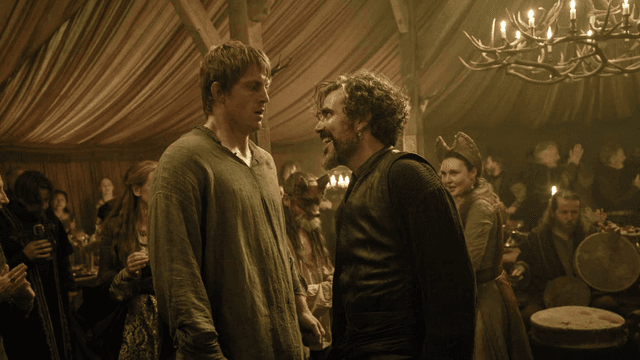


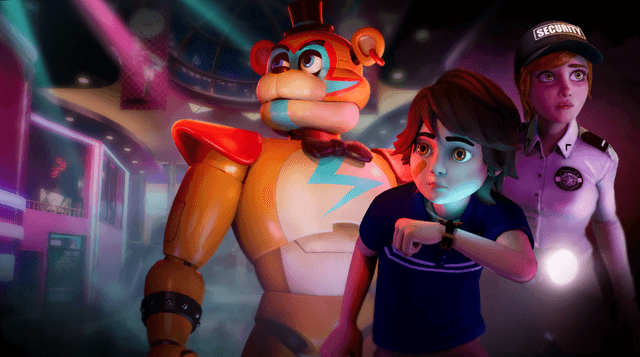
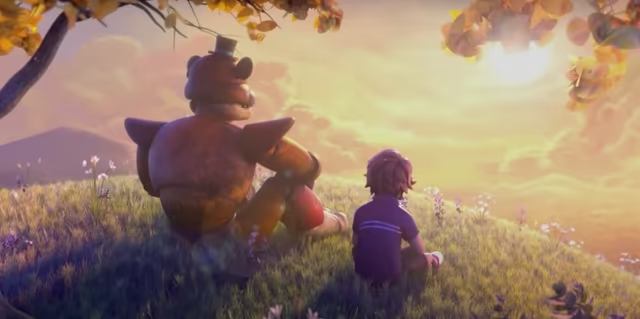
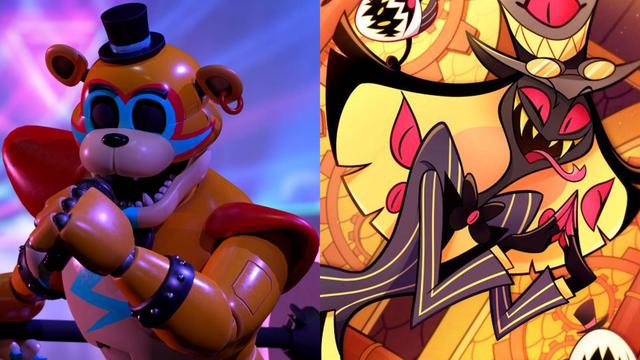

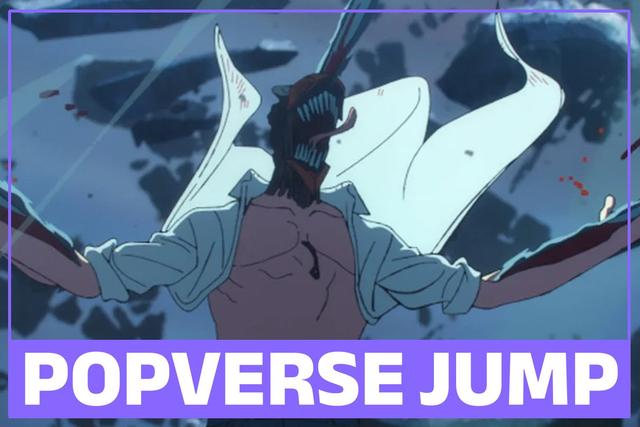






Comments
Want to join the discussion? Please activate your account first.
Visit Reedpop ID if you need to resend the confirmation email.